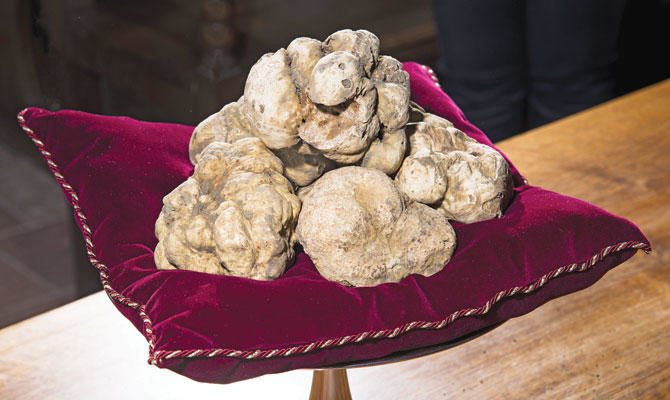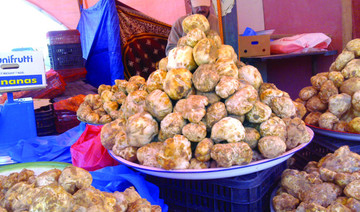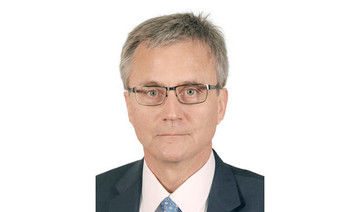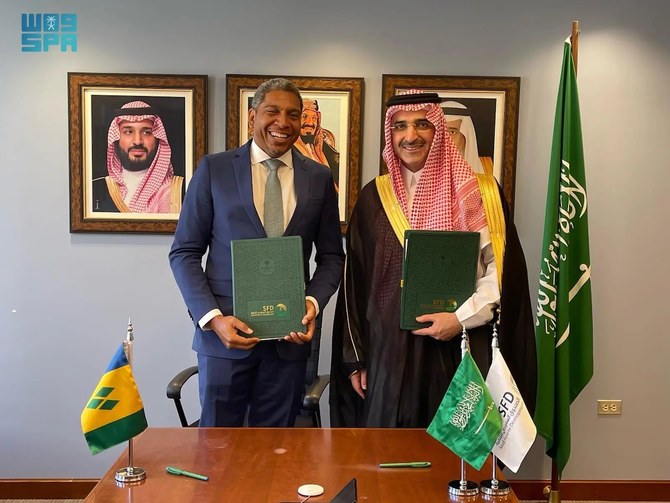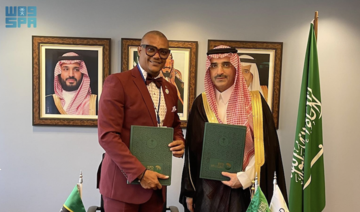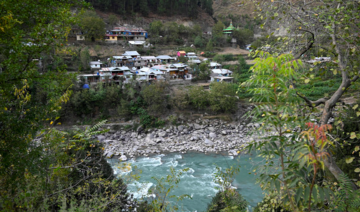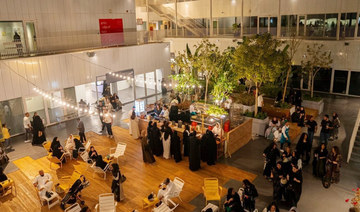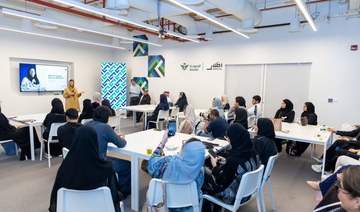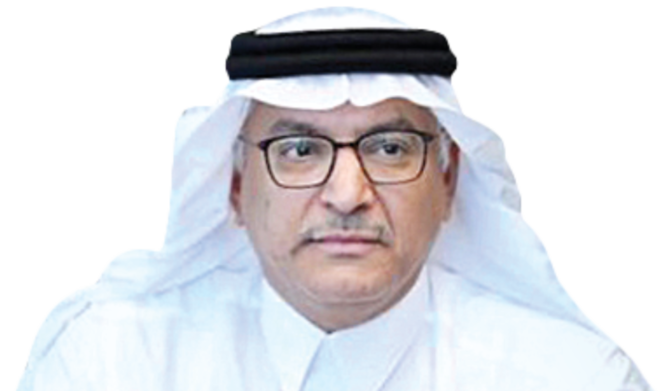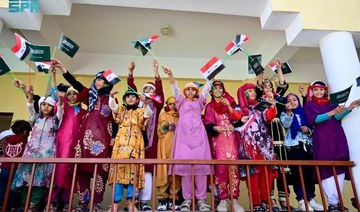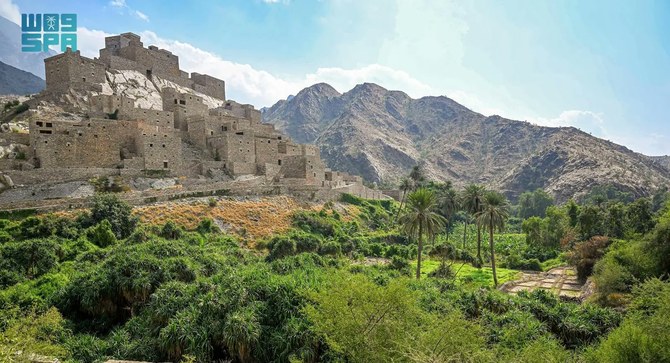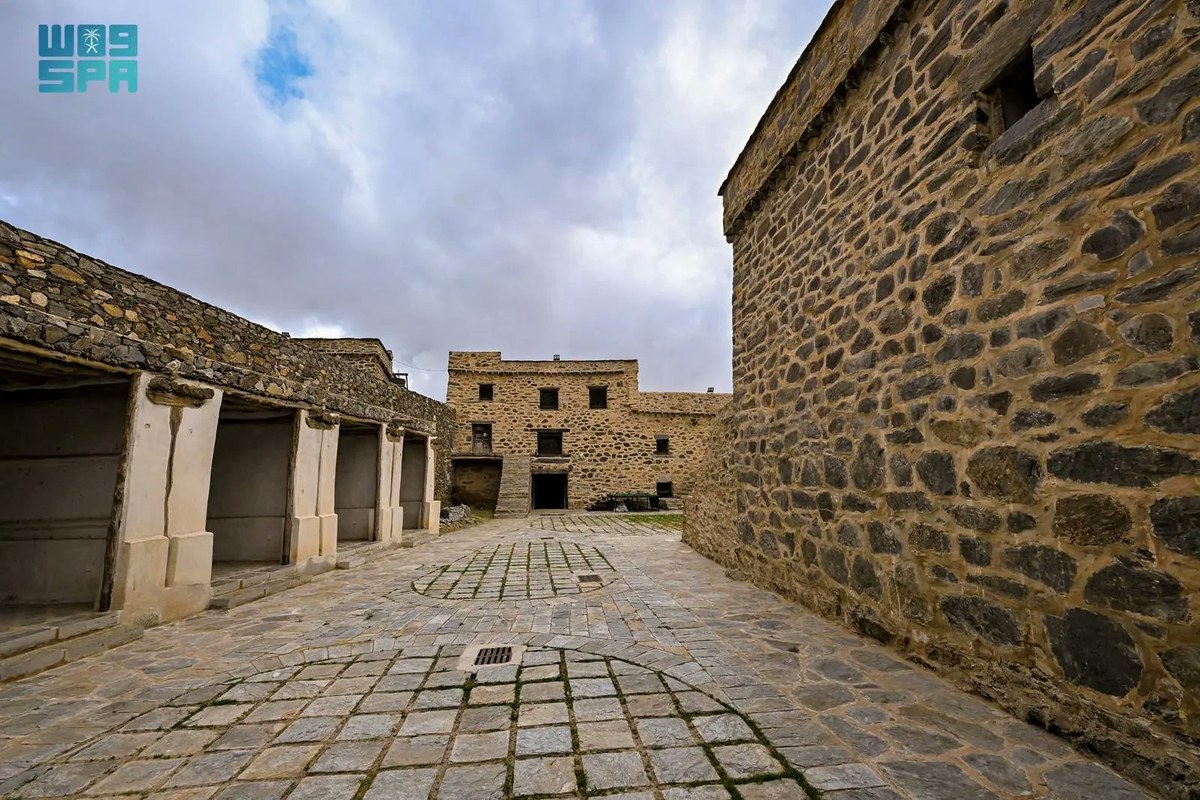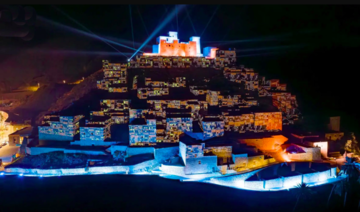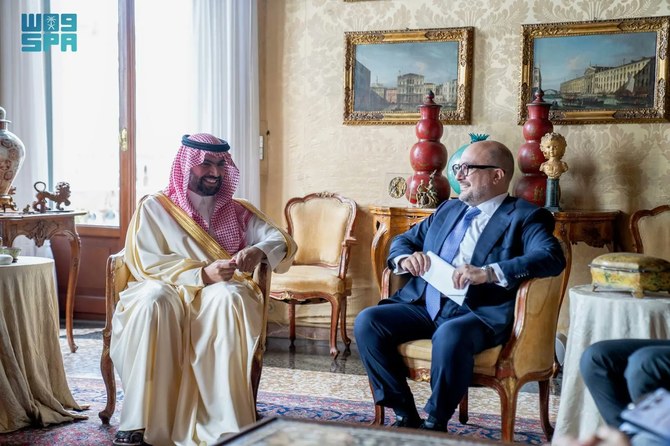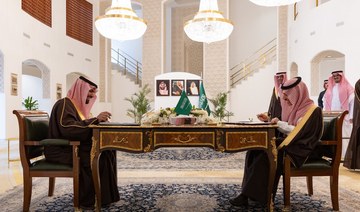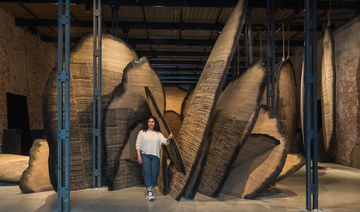JEDDAH: During the wet winter months Saudis flock to the desert to look for truffles, the pungent yet highly prized culinary ingredient.
The edible fungus, known locally as fage’a, grows mostly in Riyadh’s Al-Thumama desert. Southern and eastern regions in the Kingdom are popular with families for winter camping — and they are also where Saudis go hunting for the delicacy dubbed “diamonds in the dirt.”
Ali Al-Hazmi, from the eastern city of Qatif, has posted photos of his truffle quest on Instagram. “Truffles can be found in clean spaces of the desert where there are no humans or cars, 10 days to a month after rainy days,” he told Arab News.
“I usually go to look for truffles with my friend and I always hope to find the zubaidi type as it is the tastiest, largest and most expensive.”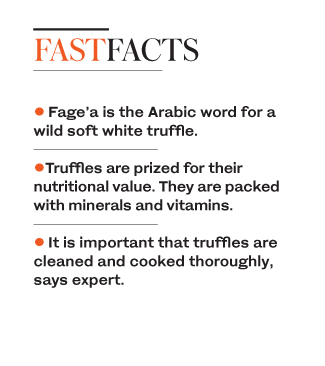
He said there were four main types of truffle — zubaidi, hobar, khalasi and jaba’a. Zubaidi was the most famous of these, he said. It is large, white and has a distinctive smell. Hobar is small and black. Khalasi is solid and jaba’a is one of the worst, he explained, because it is crumbly.
Truffle prices in Qatif range from SR120 ($32) to SR400 for a kilo. Prices in other parts of the Kingdom vary from SR450 to SR1,200 depending on the type of fungus and its weight, according to Al-Hazmi. Prices tend to be higher at the start of the season because of the process of collecting truffles, which requires effort and luck as they do not have seeds or leaves and are hard to spot. Also, there are no rules when it comes to who can collect truffles or how.
Some Saudi traders import truffles from other countries in the Middle East, including Morocco, Syria and Egypt.
#Truffle hunting: Seeking #SaudiArabia’s ‘Diamonds in the dirt’ https://t.co/WUrDBFuWMS pic.twitter.com/bact9pzNWZ
— Arab News (@arabnews) January 22, 2019
Salim Al-Salhi, from Al-Qassim region, said he enjoyed searching for truffles by walking long distances until he found cracked parts on the ground’s surface. It was one of the signs there could be truffles in the area, he said.
“It also grows in lowlands and plains characterized by sandy clay,” he told Arab News. “Another sign is the growth of two green plants, known in the Saudi desert as Al-Ragog and Al-Jarid, around the cracked hole. However, these signs are not definite.
‘’We often use a small farming stick or a slingshot to take out the truffle from the ground,” he said, adding that truffles could be cooked with traditional Saudi dishes such as kabsa and margoog.
“The zubaidi type tastes pretty much like a mixture of mushrooms and potatoes and it is the best,” Al-Salhi added.
Oprah Winfrey fell in love with truffles 11 years ago according to her blog. In 2008, Lisa Marie Presley sent her a gift basket full of food items that included truffle salt, prompting the billionaire TV host’s years-long love affair with the fungus.
Last December she posted a video on Instagram that showed her unboxing a fancy pack of truffles gifted to her by Sabatino Tartufi as a Christmas treat. The Balestra family, which runs the firm, even invited her to a truffle hunt in Umbria, Italy, in 2015.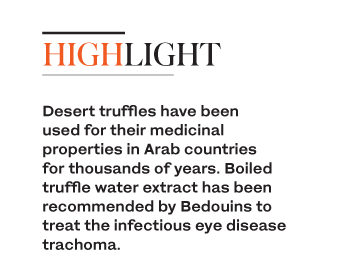
Rumor has it that she loves the foodstuff so much that she even keeps truffle zest in her purse. She has eight truffle recipes in her cookbook, “Food Health and Happiness,” that was published in 2017.
Truffles are prized for their nutritional value. They are packed with minerals and vitamins, and are also high in carbohydrates, protein and fiber.
Vivian Wahbi, a nutritionist and dietitian from Jeddah, said it was important that truffles were cleaned and cooked thoroughly.
“This type of fungi is rich in antioxidants and vitamin B, which makes it a treatment for cracked skin and works as a good moisturizer. Its richness in vegetable protein makes it an important nutrition source for vegetarians,” she told Arab News.




